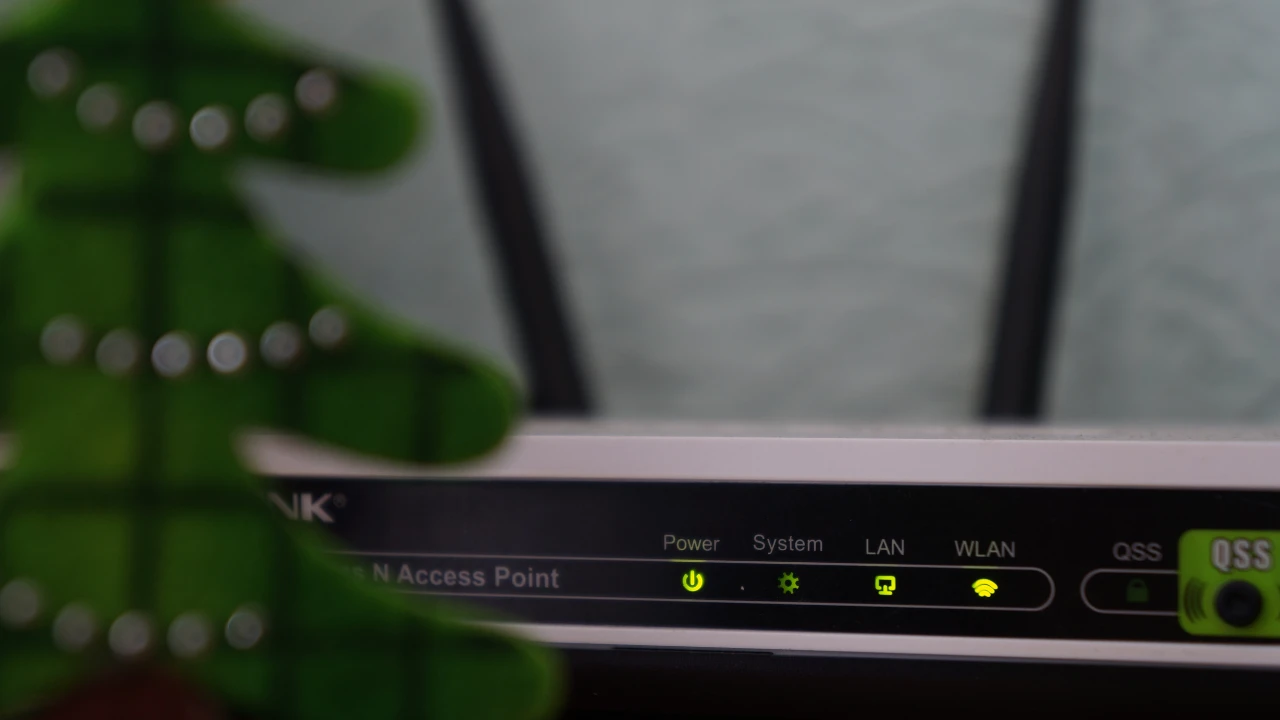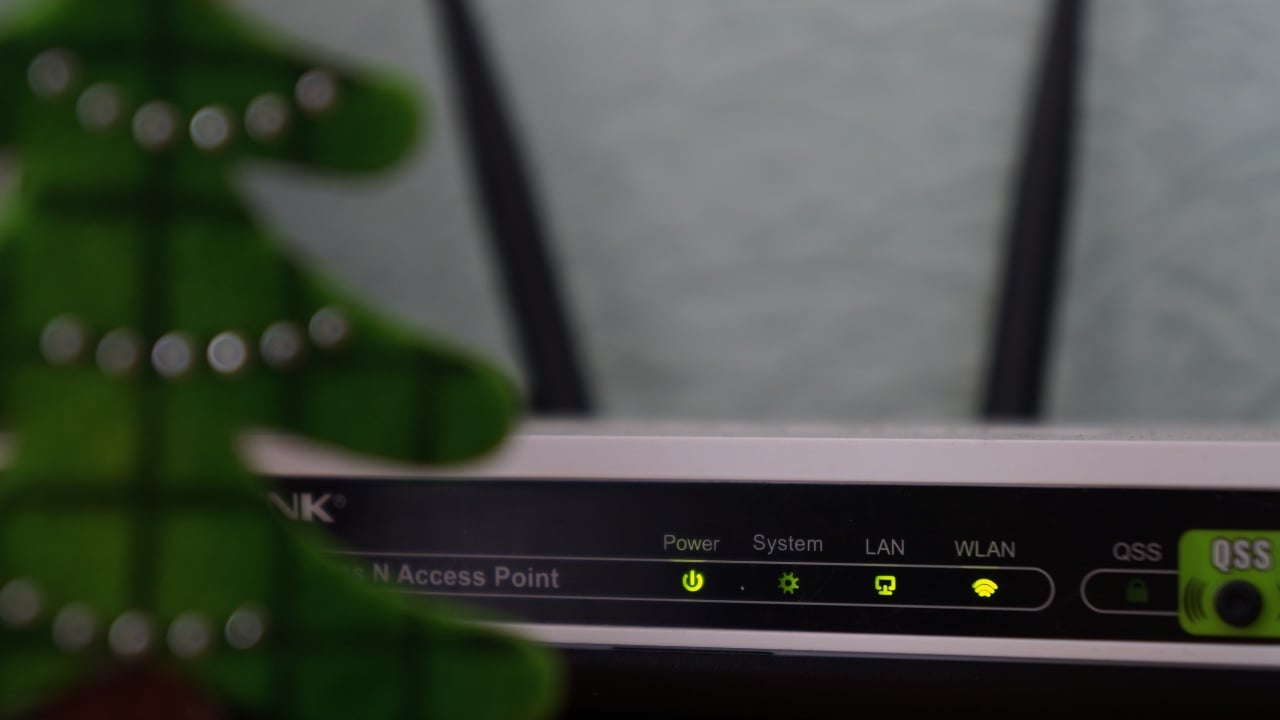
This guide will show you how to change your WiFi passwords. In today’s digital age, a secure internet connection is crucial. Our homes have become hubs for connected devices, from laptops and smartphones to smart speakers and appliances. Protecting this network with a strong WiFi password is paramount, both for safeguarding your data and preventing unauthorized access. But when was the last time you changed your WiFi password? If you can’t remember, or if you’re still using the default password provided by your internet service provider (ISP), it’s time to take action.
Why Change Your WiFi Password?
- Security: Weak passwords are easy targets for hackers, leaving your devices and personal information vulnerable. Updating your password regularly minimizes this risk.
- Control Access: Changing your password prevents unauthorized devices from connecting to your network, potentially slowing down your connection and raising security concerns.
- New Devices: When adding new devices to your network, a unique password ensures they connect securely and don’t compromise the overall security.
Steps to Change Your WiFi Password:
-
Gather Information:
- Router IP Address: This is the unique address used to access your router’s settings. Check your router’s manual, label, or online documentation. Common addresses include 192.168.1.1 or 10.0.1.1.
- Default Login Credentials: Most routers come with default usernames and passwords (often “admin” or “password”). These are usually printed on the router itself or in the manual. If changed, use your custom credentials.
-
Access Router Settings:
- Open a web browser on a device connected to your WiFi network (or use an Ethernet cable if you don’t know the password).
- In the address bar, type your router’s IP address and press Enter. This should load the router’s configuration page.
- Log in using the default or custom credentials.
-
Locate Wireless Settings:
- The specific menu names and layouts may vary depending on your router model. Look for options like “Wireless,” “WiFi Setup,” or “Security.”
-
Change the Password:
- Find the field labeled “Password,” “Passphrase,” or “Shared Key.”
- Enter your new password. Here are some tips for creating a strong password:
- Length: Use at least 12 characters.
- Complexity: Combine uppercase and lowercase letters, numbers, and symbols.
- Avoid common words and personal information.
- Save the changes.
-
Reconnect Devices:
- Since you’ve changed the password, all connected devices will be disconnected. Reconnect them manually using the new password.
Additional Tips:
- Enable WPA2 encryption: This is the most secure encryption standard for home networks.
- Disable WPS: This feature simplifies connection but can be vulnerable to attacks.
- Consider a guest network: This provides temporary internet access to visitors without granting them access to your entire network.
- Update your router’s firmware regularly: This ensures you have the latest security patches.
- Don’t share your WiFi password with everyone: Only provide it to trusted individuals.
By following these steps and tips, you can easily change your WiFi password and strengthen your home network security. Remember, a secure network is a safe network, protecting your devices, data, and privacy. Check your router’s manufacturer’s website for specific instructions and support for your model. Many ISPs offer tools and guides to help manage your home network, including changing your WiFi password.
Image Credit: Misha Feshchak
Filed Under: Guides
Latest timeswonderful Deals
Disclosure: Some of our articles include affiliate links. If you buy something through one of these links, timeswonderful may earn an affiliate commission. Learn about our Disclosure Policy.

